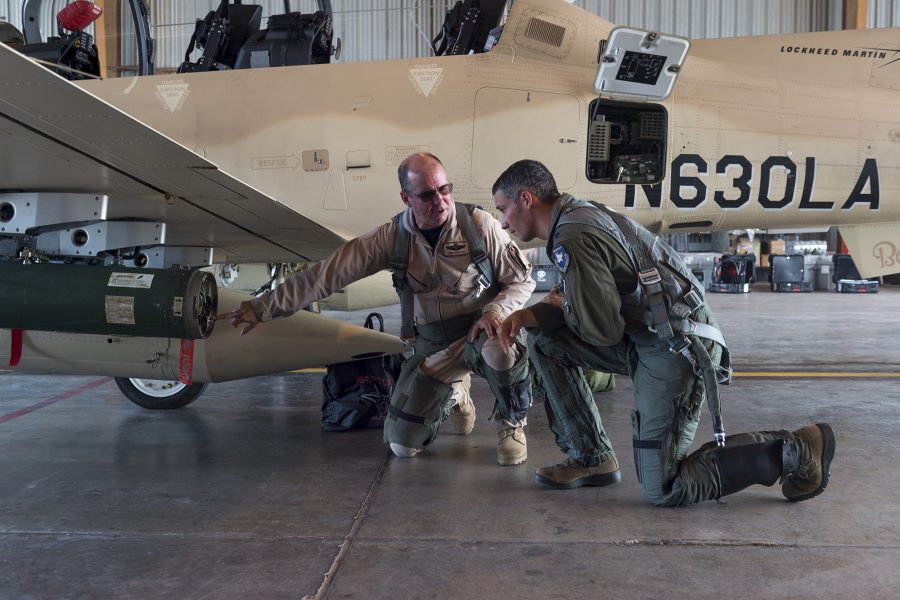Congressional authorizers are urging the Air Force to find common ground between its regular and special-operations forces as the service experiments with light attack aircraft.
Air Force Secretary Barbara Barrett should coordinate with US Special Operations Command boss Gen. Richard Clarke on the search for a lightweight, potentially turboprop aircraft that can support SOCOM’s mission to train foreign militaries.
“It is the sense of the Congress that … the Secretary of the Air Force should coordinate with the commander of [SOCOM] to assess how general-purpose forces and special-operations forces can leverage the light attack aircraft phase three experimentation activities of the Air Force,” lawmakers wrote in the joint agreement on the fiscal 2020 defense policy bill that was released Dec. 9.
For more than two years, the Air Force has considered using light attack planes to train and advise foreign militaries, and to provide a cheaper option for counterinsurgency missions than jets like the F-22 and F-35.
It currently wants to buy fewer than five each of Textron’s AT-6 and Sierra Nevada Corp. and Embraer’s A-29, and use them to test out a new communications system and to train foreign militaries under Air Force Special Operations Command, respectively.
Earlier this year, lawmakers suggested that if the Air Force doesn’t make the jump from experimentation to procurement, the service should hand off the initiative so SOCOM can buy new planes instead. The final authorization bill doesn’t force that to happen, but encourages the two organizations to “maximize efficiency and effectiveness and to further the mission requirements of both forces,” including by giving SOCOM money to purchase the aircraft.
The draft National Defense Authorization Act offers $35 million to continue researching and developing light attack armed reconnaissance squadrons, the same amount the Air Force requested. Senate authorizers had wanted to boost the experiment’s funding by $50 million.
